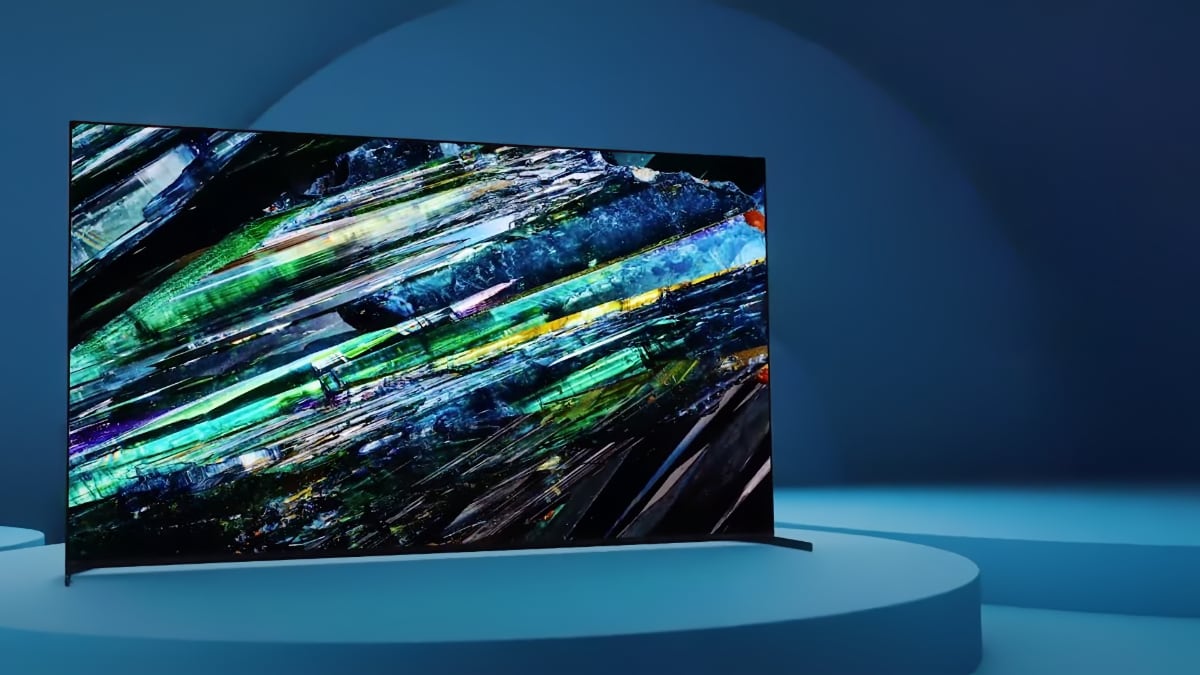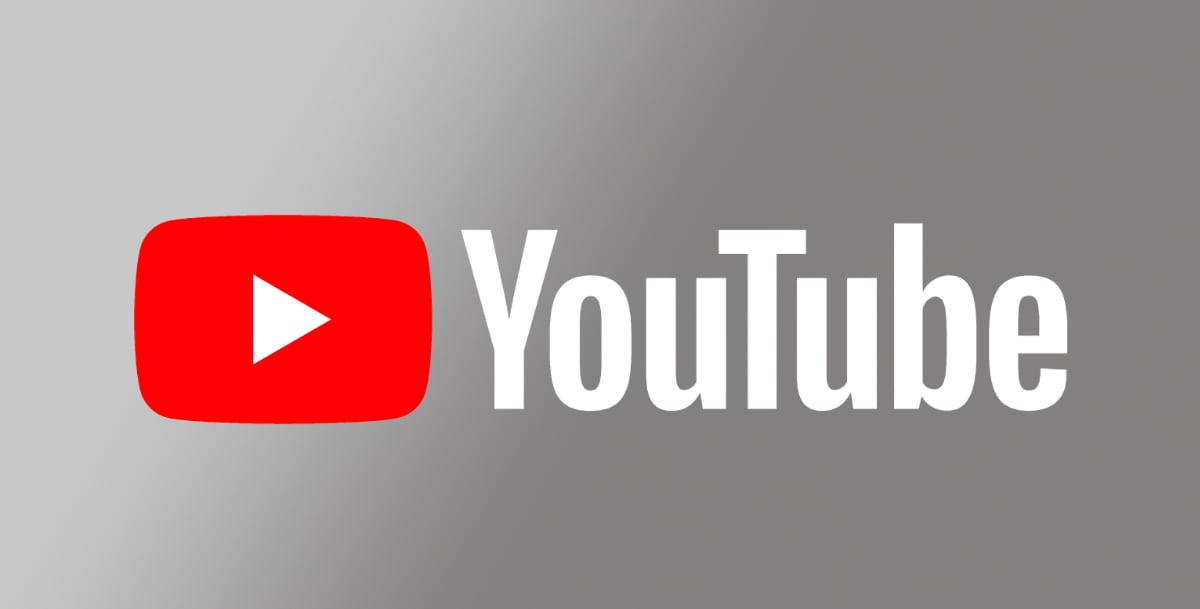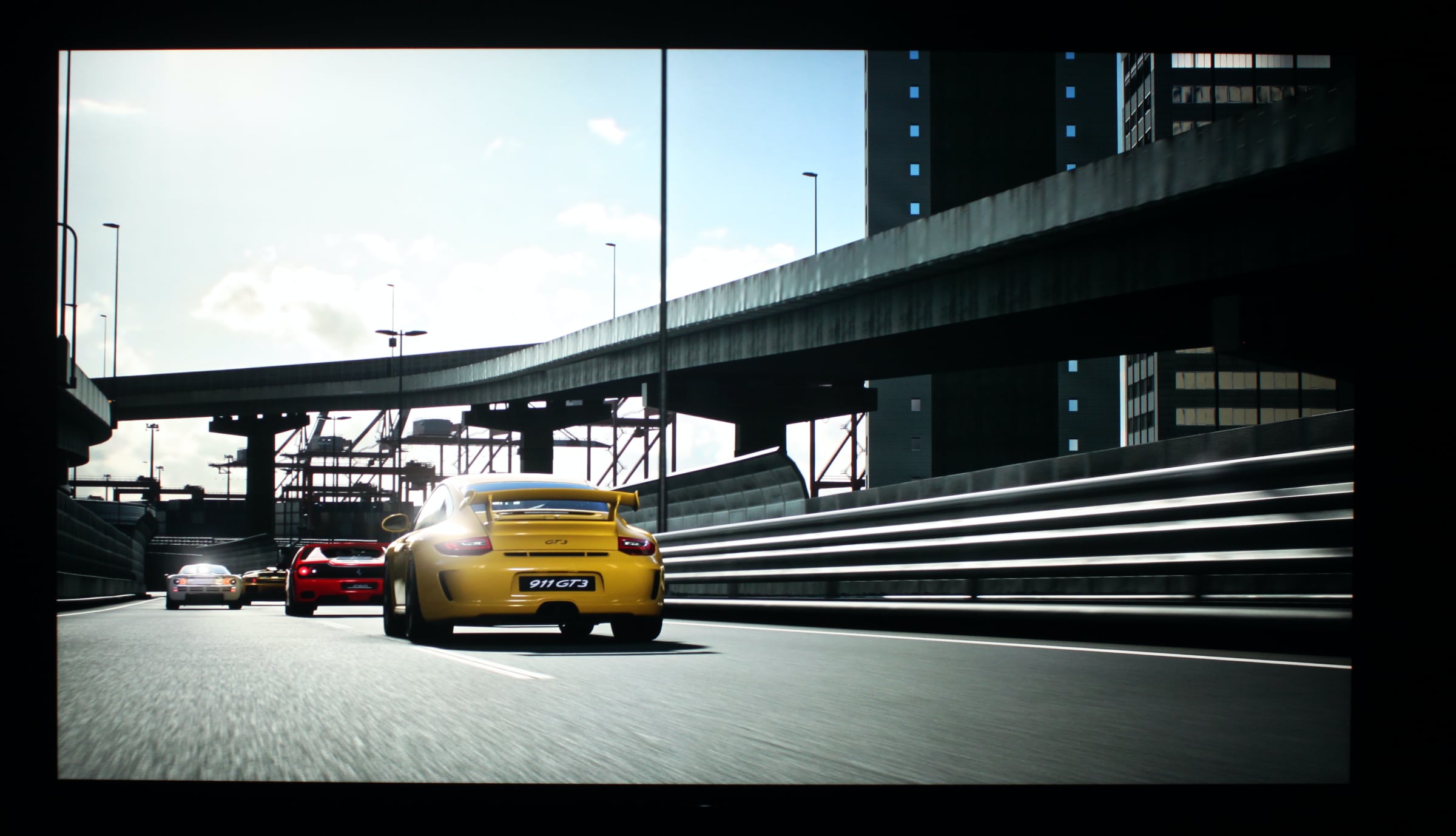HLG is the third HDR format to emerge in consumer products after HDR10 and Dolby Vision. Short for “Hybrid Log-Gamma”, HLG was created by UK’s BBC and Japan’s NHK in an effort to bring HDR picture quality to broadcast TV. The new format was in the spotlight at IFA 2016 in Berlin where most big-name brands exhibited HLG HDR on TVs.
HLG = Hybrid Log-Gamma
Do we really need a third HDR format, you may ask? Yes, says the broadcast industry. The simple reason is that broadcast TV – cable, satellite or terrestrial – has very limited bandwidth. Even if it feels like it, they cannot just cram an endless number of channels into the broadcast network.
HLG is a solution to that problem. By combining regular SDR (everything that is not HDR) and HDR into the same TV signal, broadcasters can save precious bandwidth. HLG uses a logarithmic transfer function and is designed in such a way that a regular SDR TV will automatically receive SDR whereas an HDR TV can pull out the extra HDR picture information (if it supports HLG, that is). Similarly, HLG can be used to provide live streaming in both SDR and HDR over a single stream.

HLG was jointly developed by BBC and NHK. It is a royalty-free format that has been included as part of the Rec.2100 – or BT.2100 – standard ratified by the ITU, which is the agency for information and communications technologies under the United Nations (UN). The inclusion into Rec.2100 more or less ensures that the broadcast industry will adopt HLG – but not necessarily the streaming services.
TV broadcasters have indicated that the hope to launch TV channels in HDR and Full HD resolution. Normally, HDR and Ultra HD resolution go hand in hand. Again, this has to do with the limited bandwidth in the old broadcast networks.
HLG demos at IFA 2016
Several companies used the opportunity at IFA 2016 in Berlin to demonstrate that their TVs – or projectors – can potentially support HLG. We say “potentially” because most of them refrained from promising a firmware update to existing products.
For example, LG used a HLG broadcast signal to demonstrate HDR video on one of its existing E6 OLED TVs (2016 line-up). The company says that its OLED TVs are “compatible with the full range of HDR technologies”. However, the E6 OLED model at IFA was a customized model and LG would not promise a firmware update to add HLG support to the 2016 TV line-up.
LG also used the HLG format to demonstrate 100/120fps HFR, as we reported here.

Similarly, Samsung used IFA to demonstrate HLG-based HDR on one a modified version of its current KS9000 TV. It appeared to be the same satellite TV feed from SES Astra that LG was using. Samsung would not commit to update its 2016 TVs with HLG either – at least not yet.
Sony launched a new projector, VPL-VW550ES, at IFA and promised to add HLG support via a firmware update later his year.
Panasonic and Philips also demonstrated HLG-based HDR on TVs with custom firmware. None of them would commit to update current models.
We suspect that this is a matter of “who strikes first” – Sony’s projector is an outlier. As soon as one of the major TV manufacturers announces a firmware update to add HLG to its current line-up, others will hopefully follow.
Expect to hear more about Hybrid Log-Gamma in the near future. IBC 2016 will start later this week and CES 2017 is less than four months away.
- Source: ITU, LG, Samsung, Sony











